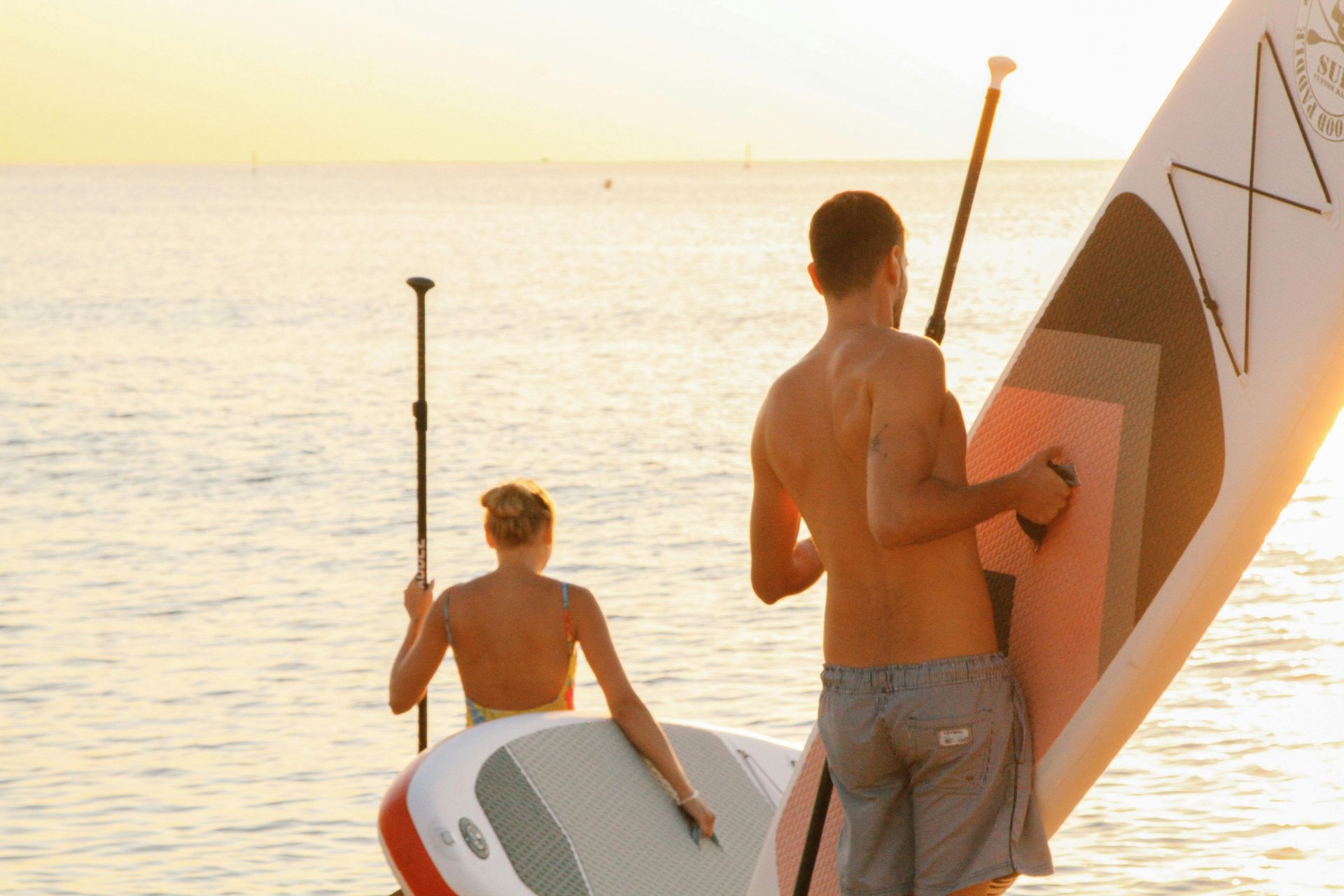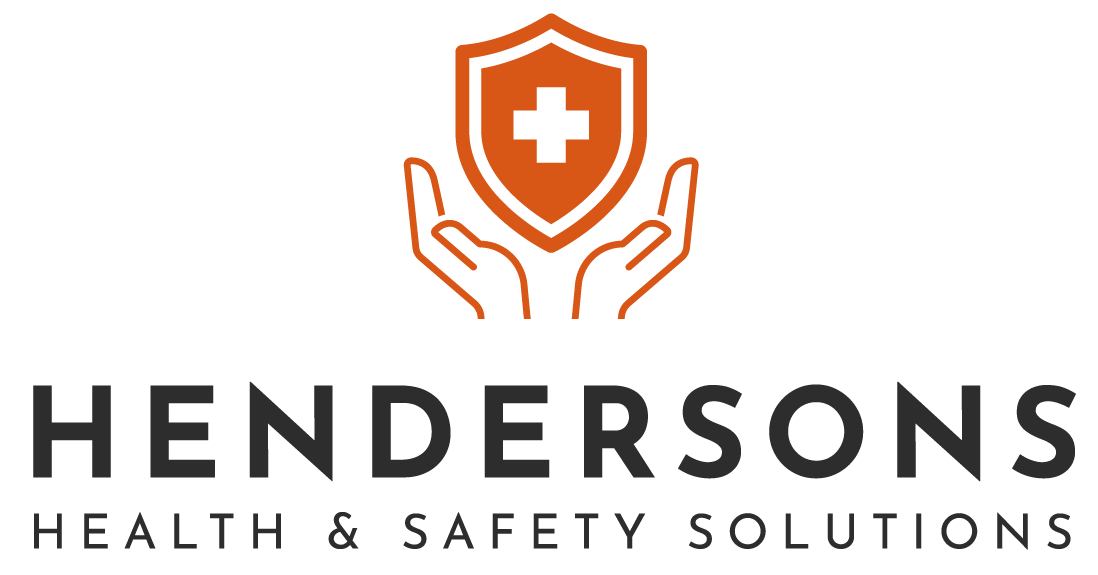The tragic paddle boarding accident on the River Cleddau in Haverfordwest, which resulted in the deaths of four individuals, has raised significant questions about risk management, leadership, and systemic failures.
This article explores the broader implications of the incident, emphasising that personal involvement in high-risk events, such as being a firearms police officer as Nerys Lloyd was, does not necessarily qualify someone to lead outdoor recreational activities. It also addresses the question of what appropriate deterrents are to ensure adherence to health and safety regulations.
On October 30, 2021, a group of nine stand-up paddle boarders led by Nerys Lloyd descended Haverfordwest Town Weir. Four participants - Andrea Powell, Morgan Rogers, Nicola Wheatley, and Paul O’Dwyer all became trapped in the hydraulic tow-back and drowned. The investigation revealed significant failures in risk assessment, safety briefings, and awareness of the conditions on the day of the incident.

I personally feel a lot of sympathy for Nerys Lloyd in some aspects of this horrific incident. Lloyd clearly never intended to harm anyone. People do not join, the endeavour to persevere a career in the police service without being fundamentally good people, with a strong sense of community spirit. Lloyds own dedication to trying to keep people safe is evidenced by the arduous selection process she would have undertaken to become a firearms officer working for the regional Joint Firearms Unit (JFU).
Until she resigned after this incident Lloyd was part of a brave and dedicated team of officers who face the unpredictability of live threatening risk daily. These officers are trained to remain extremely calm under immense pressure and are often the ones who run towards danger when everyone else is running away.
It is however Lloyd's role, which involved dynamic risk management in high-pressure situations, and being part of countless operations of all sizes from major events such as the Champions League final and the NATO summit to self contained JFU operations which is likely the cause of her belief she was able to lead this expedition. Her own professional experience would have included receiving hundreds of briefings and reading countless operational orders that outlined risks, methodologies, contingencies, and communication plans.
Despite her extensive experience in risk management within the context of her own role as a firearms officer, it does not not translate into competence in planning and leading outdoor recreational activities. Seven years, the minimum amount of time she has to serve in prison, is a significant portion of a young life once dedicated to serving the community. However, this must be balanced against the lives lost forever and the families who have lost loved ones. Justice must be seen to be done. The broader issue is what is stopping anyone with confidence, talent and experience of partaking in any form or recreational activity from thinking they too can 'lead' any sort of expedition, especially when people are paying for their participation.
Lloyd was sentenced to 10 years and 6 months in prison for her role in the incident, including four counts of gross negligence manslaughter and one Health and Safety at Work offence. The sentencing remarks highlighted the profound impact on the victims' families and the survivors, praising their dignity and courage. I have seen the question raised on various social media platforms whether jail is the right deterrent for such negligence, or are there more effective measures to ensure adherence to health and safety regulations?
The incident highlights several systemic failures. Proper risk assessing is crucial for any activity, especially those involving potential hazards. Lloyd's approach lacked thorough planning and adaptation to changing conditions. Neither Lloyd nor her co-leader were qualified to lead tours on fast-flowing rivers. Their training did not cover the hazards posed by weirs or the necessary safety measures. The paddle boarding industry lacks consistent safety messaging and national standards for training, creating an environment where multiple providers operate with varying levels of competence.
It is highly probably that Lloyd's background as a firearms officer gave her the confidence and communication skills to exude an aura of competence. However, being part of any number of any operations, whether local or global in scale and size does not qualify an individual to plan, lead, or deliver activities outside their area of expertise.
The MAIB report provides a detailed analysis of the incident, highlighting key issues in planning, preparation, and risk assessment. The leaders did not conduct a proper risk assessment and were unaware of the flood alert and the dangers posed by the weir. The administrative planning for the tour was incomplete, and the participants were not briefed on the presence of the weir or how to descend it.
Inconsistent use of personal flotation devices (PFDs) and leashes among the participants was noted. Recommended quick-release waist leashes were not used, which might have helped in escaping the hydraulic forces. The weir's design included closed ends, which increased the danger of entrapment. There was no effective signage warning of the weir's dangers, and existing signs did not conform to national water safety standards.
Participants trusted the leaders' apparent confidence and competence without knowing their limitations. There was no consistent safety messaging or national standards for SUP training. The rapid growth of the sport has led to multiple providers with inconsistent governance, making it difficult for participants to judge the competence of training providers.
The paddle boarding tragedy on the River Cleddau serves as a stark reminder of the consequences of inadequate risk management and unqualified leadership. By addressing systemic issues and improving training and certification processes, we can work towards preventing similar tragedies in the future. Ensuring proper qualifications and accountability is essential for the safety of participants in outdoor activities. The focus should be on understanding the broader context and ensuring that those in leadership roles are properly equipped to handle the responsibilities entrusted to them.
Implementing rigorous training and certification processes for leaders of outdoor activities can ensure they are adequately prepared to handle the specific risks associated with their roles. Conducting regular audits and inspections of companies offering outdoor activities can help ensure compliance with health and safety standards. Establishing clear accountability within organisations can ensure that health and safety responsibilities are not overlooked. This includes holding companies accountable for their practices and ensuring leaders are properly qualified.
If jail sentences are not the right deterrent, what measures can ensure adherence to health and safety regulations in outdoor activities?
Are you thinking of trusting someone to lead you on an outdoor activity?
As summer approaches, many of us are eager to try new outdoor activities and adventures. Whether it's paddle boarding, hiking, or any other recreational pursuit, it's crucial to ensure that the service providers you choose are competent and can evidence their health and safety (H&S) credentials and risk assessments.
When planning to join an outdoor activity, consider the following:
- Qualifications and Training: Ensure that the leaders and instructors are properly trained and qualified to handle the specific risks associated with the activities they offer. Confidence alone is not enough; they must have the necessary expertise to ensure your safety.
- Health and Safety Credentials: Look for evidence of the provider's H&S credentials. This includes certifications, compliance with safety standards, and documented risk assessments. A reputable provider will be transparent about their safety practices.
- Risk Assessments: Verify that the service provider conducts thorough risk assessments for their activities. This involves identifying potential hazards, implementing safety measures, and having contingency plans in place.
- Professional Oversight: Consider whether the provider has outsourced their H&S and risk assessments to professionals like Hendersons Health & Safety Solutions. Professionals can transform macro-level data from inspections, compliance audits, and incident reporting into actionable insights, ensuring proactive safety measures.
- Transparency and Communication: A good service provider will communicate safety information clearly and effectively. This includes briefing participants on potential risks, safety protocols, and emergency procedures.
By choosing service providers who can demonstrate their commitment to safety through rigorous training, comprehensive risk assessments, and professional oversight, you can enjoy your outdoor activities with peace of mind. Remember, the safety of participants should always be the top priority, and ensuring proper qualifications and accountability is key to preventing accidents.
This summer, make informed choices about your outdoor adventures and ensure that the providers you trust are dedicated to keeping you safe.




